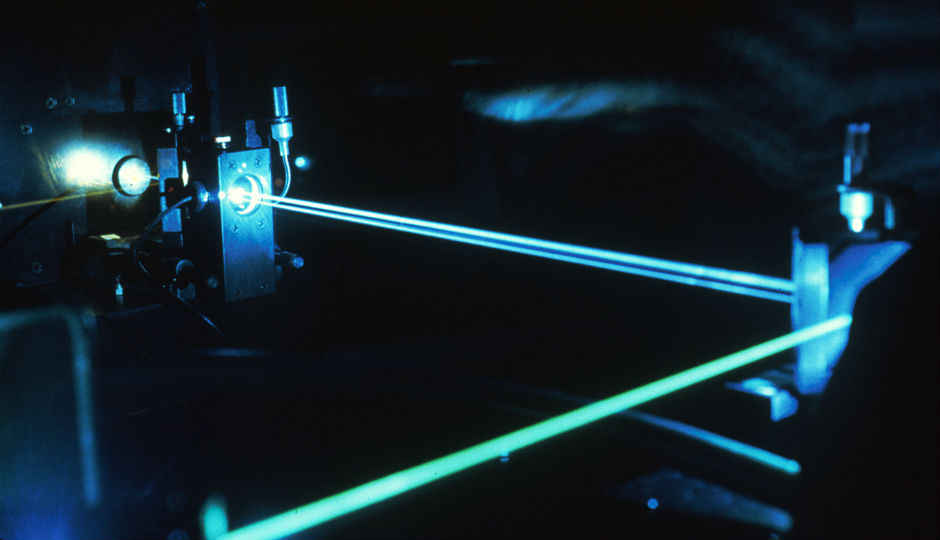Facebook researches develop detector for light based internet connections

Using this detector, researchers at Facebook's Connectivity Lab were able to achieve data rates of more than 2Gbps
Researchers at Facebook’s Connectivity Lab have developed a new detector that could be used for providing internet connectivity via lasers. Current wired communications networks make use of lasers to carry data through optical fibers, but wireless communication relies on radio frequencies or microwaves. The technology developed by Facebook’s Connectivity lab may soon allow for light-based wireless communication. This type of communication (also called free-space optical communications) will use lasers to transmit data across the atmosphere and potentially offer high bandwidth and data capacity. However, one of the primary challenges facing this technology is how to precisely aim a laser at a small light detector across large distances.
In their study, Facebook’s researchers demonstrated a method of using fluorescent materials in place of traditional optics to collect light and concentrate it on to a small photodetectors. This light collector has a surface area of 126 square centimeters and is able to collect light from any direction. This collector is combined with existing telecommunications technology to achieve data rates of more than 2 gigabits-per-seconds (Gbps). The collector is shaped like a light bulb as this shape offers a very large bandwidth and omnidirectional sensitivity.
The team believes that this technology could make it possible to provide fast optical wireless networks that are capable of providing internet services in remote locations. Tobias Tiecke told The Optical Society (OSA), “ large fraction of people don’t connect to the internet because the wireless communications infrastructure is not available where they live, mostly in very rural areas of the world. We are developing communication technologies that are optimized for areas where people live far apart from each other.” The research team is also planning to move the technology out of the lab and develop a prototype that could be tested in a real-world situation.





